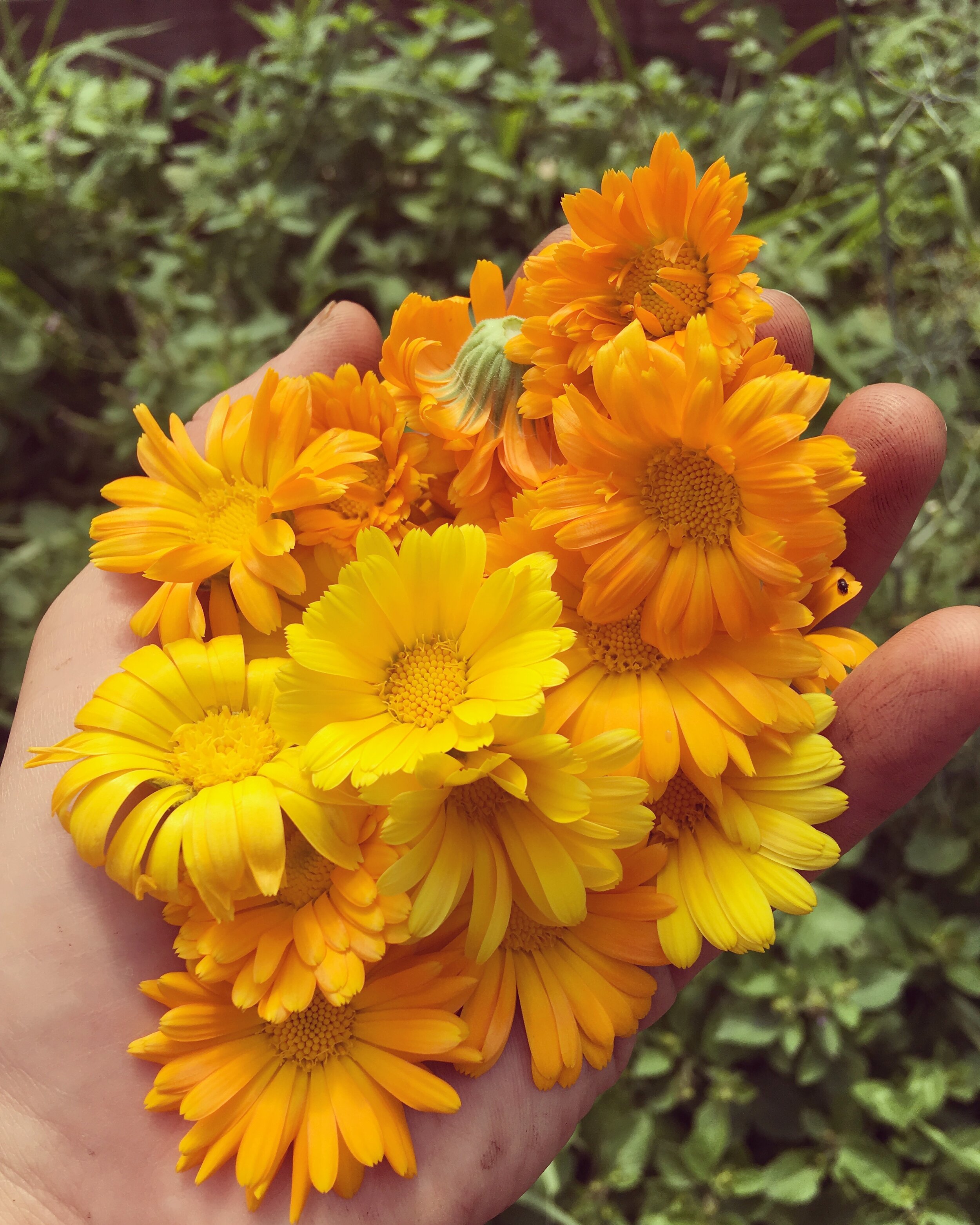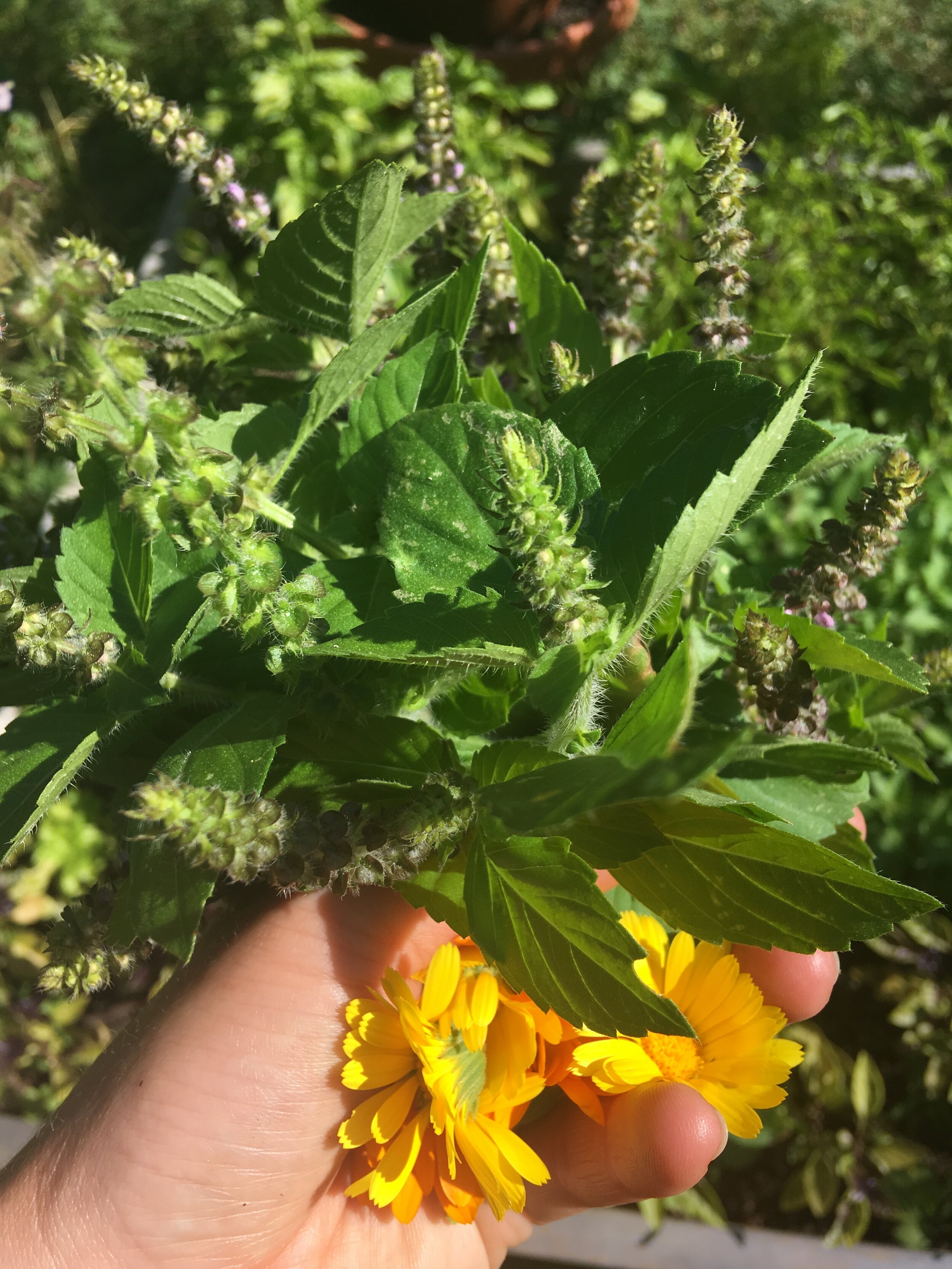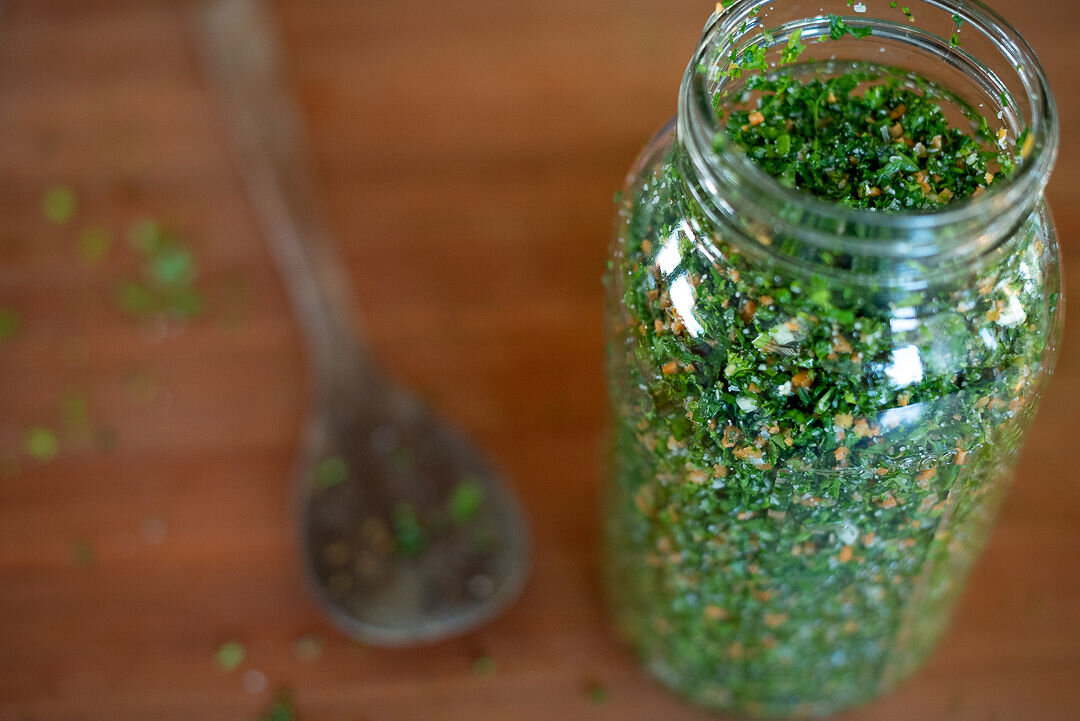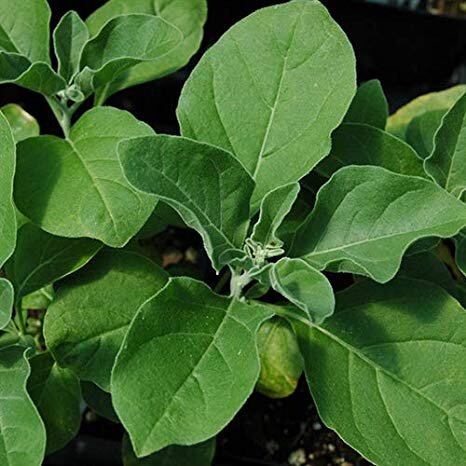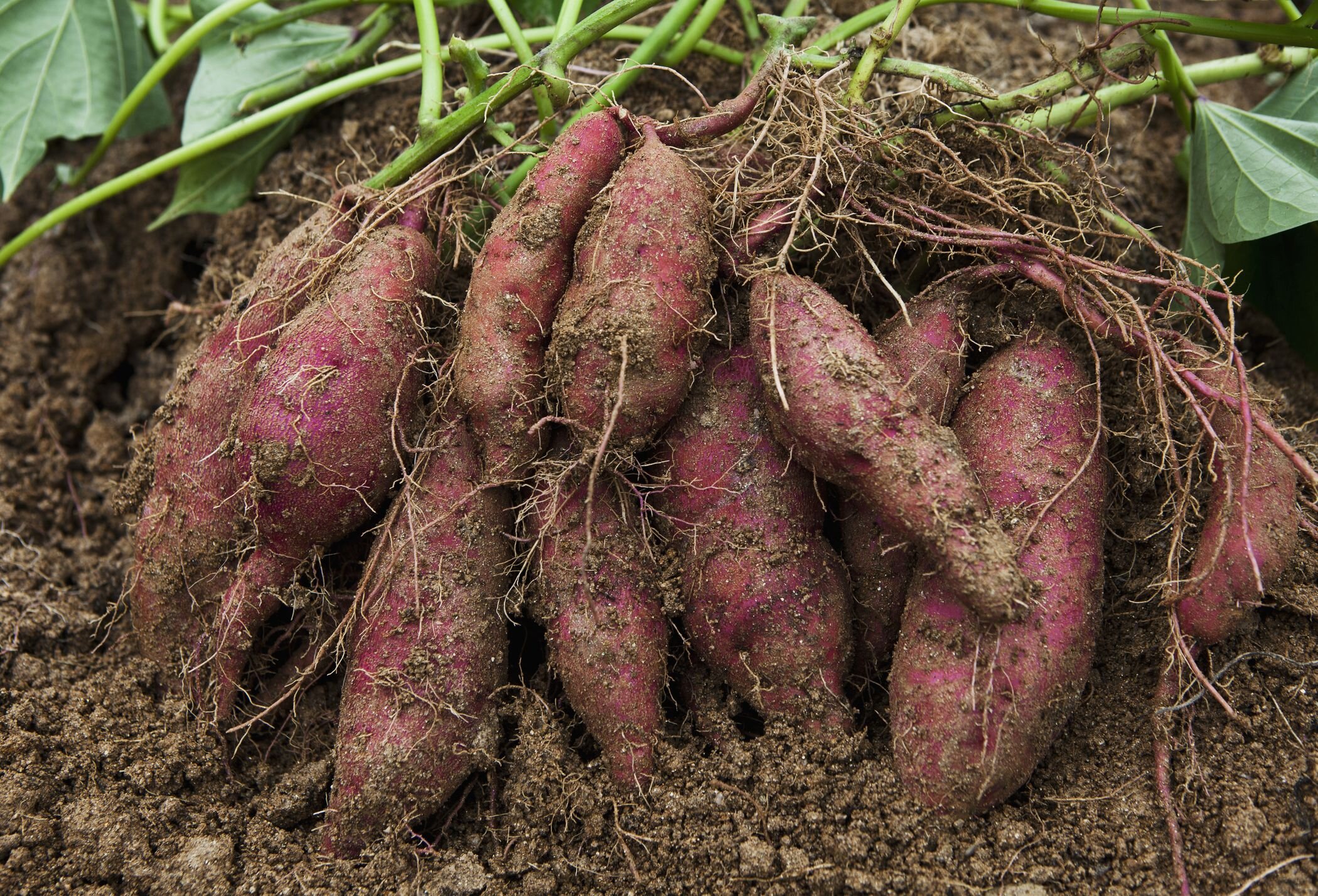Have you been home, staring out the window? Probably, right? I am certainly doing more of that than ever, and am taking delight in the little details I don’t normally slow down enough to notice. Like the way goldfinches come into their yellow plumage gradually going from buff to bright, or the angle of the sun, or the patterns of mist rising off the snow at sunset. I have picked up a watercolor hobby during this pandemic time, and am grateful for the new ways of seeing. I am learning to pick out the yellow in a blue sky or the infinite shades of purple and orange in a stone wall. It is pure magic. And our gardens are slowly awakening deep underground. The plants certainly notice that change in the sun’s angle; their life depends on it.
It is with that in mind that I wanted to update all of you with a few newsy bits:
1) We will open our greenhouses to the public this season. The survey results are in, and the outpouring of requests for us to open has been heard. We will require masks, hand sanitizing, and we will limit the amount of cars in the parking lot. Keep your eyes on this newsletter for more information as we get closer.
2) We will continue to offer plants, tools, seeds, herb farm products, and merchandise through our online store with curbside pick up. This will begin by the end of this month for anyone looking for seeds, soil, etc. Initially curbside pick up will be every Friday afternoon or by appointment on a pre-arranged day. As the season progresses, we will change to next day curbside pick up.
3) We are putting together our 2021 workshop series, and have some exciting new programs for you. To kick off the season, we are starting with a 3 part series with Ferene Paris Meyer, of All Heart Inspirations, Inc. We are so excited for this time to get together with other gardeners to talk about what gardening means to us, what is our vision, and what do we do to get there. Here is the link to sign up. See below for all the details. Ferene’s class in early December was absolutely perfect. No one wanted it to end; her energy is contagiously enthusiastic, and we can all use that right now.
A three part series with Ferene Paris Meyer
Saturdays 10 to 11:30 am
2/20, 2/27, 3/6
During these gray, winter days, our anticipation of how our gardens will evolve serve as a light of hope. Ferene Paris Meyer, storyteller with All Heart Inspirations, will rejoin us to host a 3-week storytelling series. During our time together, we will reflect and share stories harvested from gardens. Enjoy this heartfelt space for gardening dreamers, lovers, and enthusiasts as we prepare for the new bountiful season.
****For those in need of a subsidized registration fee, please contact Ferene allheartinspirations@gmail.com for a discounted code to register online. We encourage anyone who wants to partake in this conversation to join us, regardless of ability to pay.****
Thanks for reading, and looking forward to connecting soon,
XOX
Julie








